Within the framework of the Photo Hanoi '25 International Photography Biennale, on November 6, at the Temple of Literature - Quoc Tu Giam (Hanoi), the French Institute in Hanoi in collaboration with the Center for Scientific and Cultural Activities of the Temple of Literature - Quoc Tu Giam organized the exhibition "The Provincial Examinations at the End of the 19th Century". The exhibition is within the framework of the Photo Hanoi '25 International Photography Biennale.
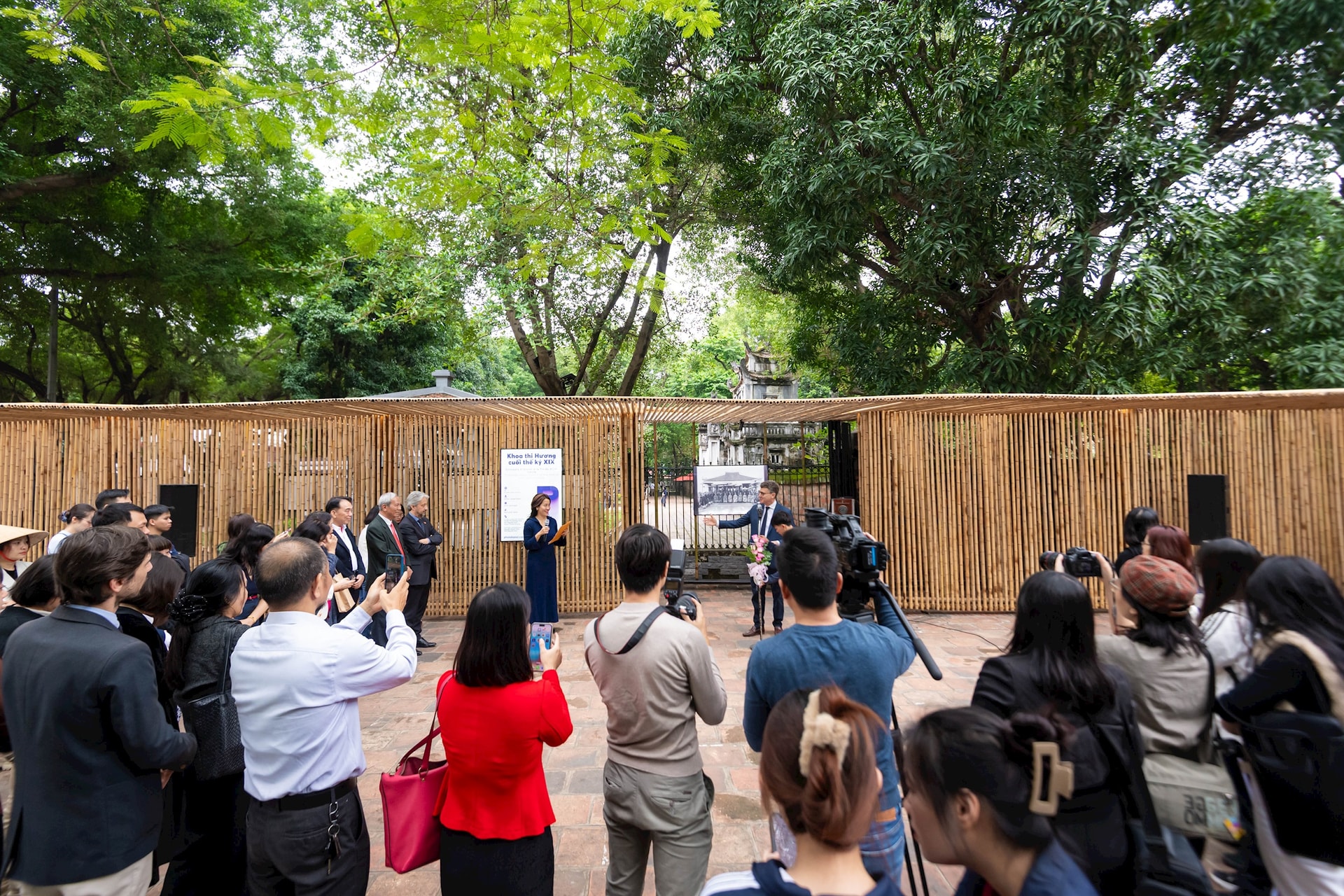
The Hương exam is the core part of the Confucian examination system. The Dinh Dau exam in 1897 took place in the context of the gradual decline of Confucianism in the country and the Chinese characters were gradually replaced by the national language. The displayed photos are rare documents that have been preserved, truly conveying the solemn yet bustling atmosphere of the ancient examination hall.
Speaking at the opening of the exhibition, Director of the Center for Cultural and Scientific Activities of the Temple of Literature - Quoc Tu Giam Le Xuan Kieu said that the exhibition "The Provincial Examinations at the End of the 19th Century" was held in the context of the Temple of Literature - Quoc Tu Giam having activities to celebrate the 950th anniversary of the first examination, Minh Kinh Bac Hoc, under the reign of King Ly Nhan Tong to select talented people for the country. The exhibition took place during Heritage Month, commemorating Vietnam Teachers' Day, making it even more meaningful.
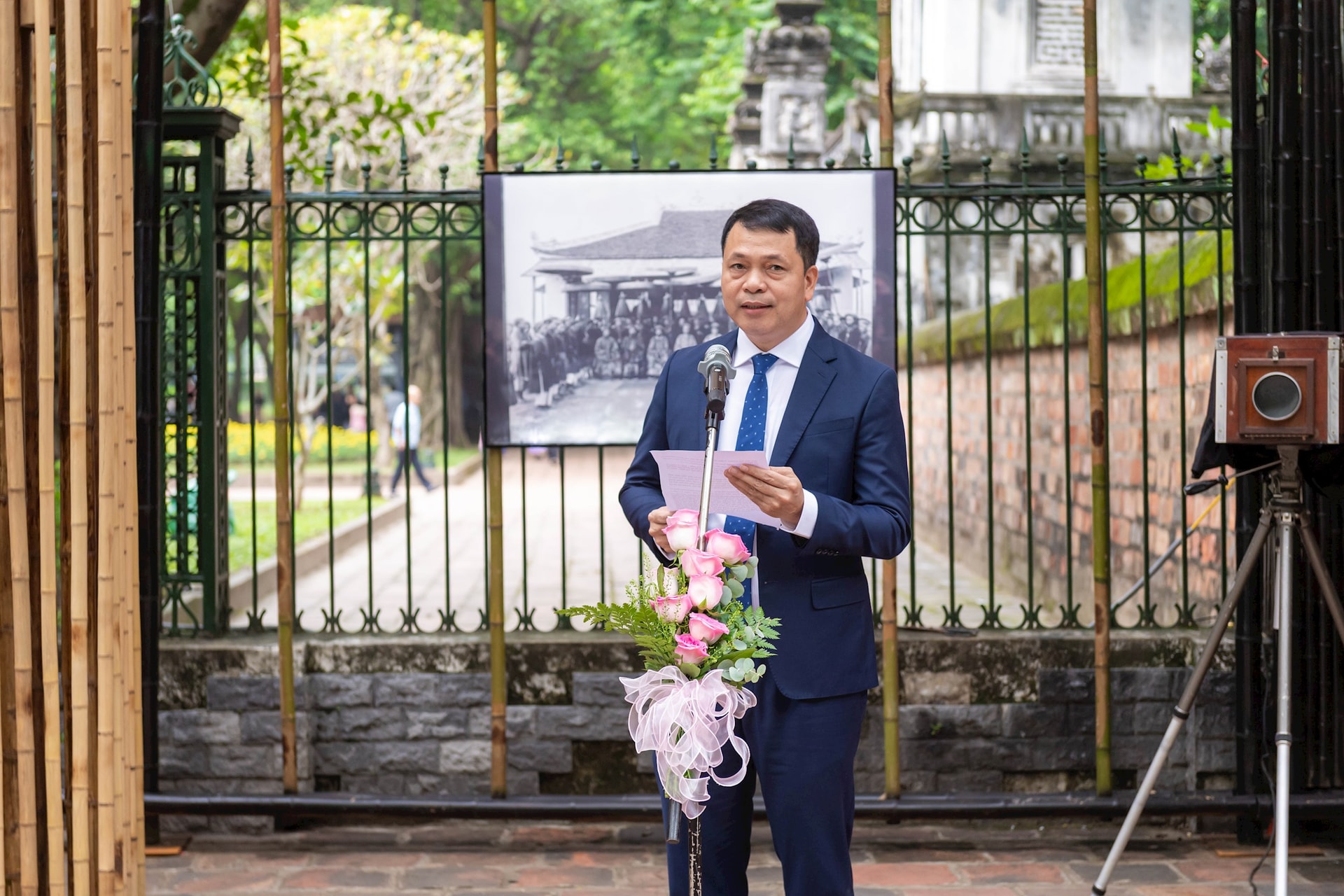
According to Mr. Le Xuan Kieu, the exhibition offers the public the opportunity to admire very interesting photos, a vivid perspective on Vietnamese education in the late 19th century, at the Temple of Literature - Quoc Tu Giam - the first National School, where the values of Vietnamese ethics were fostered. For the first time, an exhibition was brought outside the fence of the relic, so that everyone could have convenient access to these precious photos.
“Hopefully the exhibition will inspire and nurture the spirit of the value of learning, connecting the typical values of Vietnamese philosophy: the spirit of studiousness, respect for teachers and valuing talents, with the four pillars of education of UNESCO: learning to know, learning to do, learning to perfect oneself, learning to live together”, Mr. Le Xuan Kieu emphasized.

Director of the French Institute in Vietnam, Eric Soulier, shared that the André Salles photo exhibition, displayed around the Temple of Literature – Quoc Tu Giam, is a strong symbol of the intersection between the heritage space and the Photo Hanoi '25 exhibitions. The photos are presented in a bamboo architectural space, inspired by ancient examination schools, along the walls of the building that symbolizes Confucianism and is also a typical cultural and historical relic of the Thang Long citadel. Besides honoring the value of this rare photo collection, the exhibition also raises questions about the role of photography in the perception of history, while also shedding light on visual and educational practices in feudal Vietnamese society.

Speaking at the ceremony, UNESCO Representative in Vietnam Jonathan Wallace Baker said that these images of the late 19th century Hương examinations capture a world that is both solemn and vibrant: rows of scholars with ink and pen under thatched roofs, a society on the verge of transformation. They remind us of the profound role of education and knowledge in shaping Vietnamese identity. Opening the exhibition right at the Temple of Literature - Quoc Tu Giam, which used to be the center of learning for the royal court, is very meaningful. This place still holds a symbolic role for learning and is now also a place where heritage, art and thought intersect.
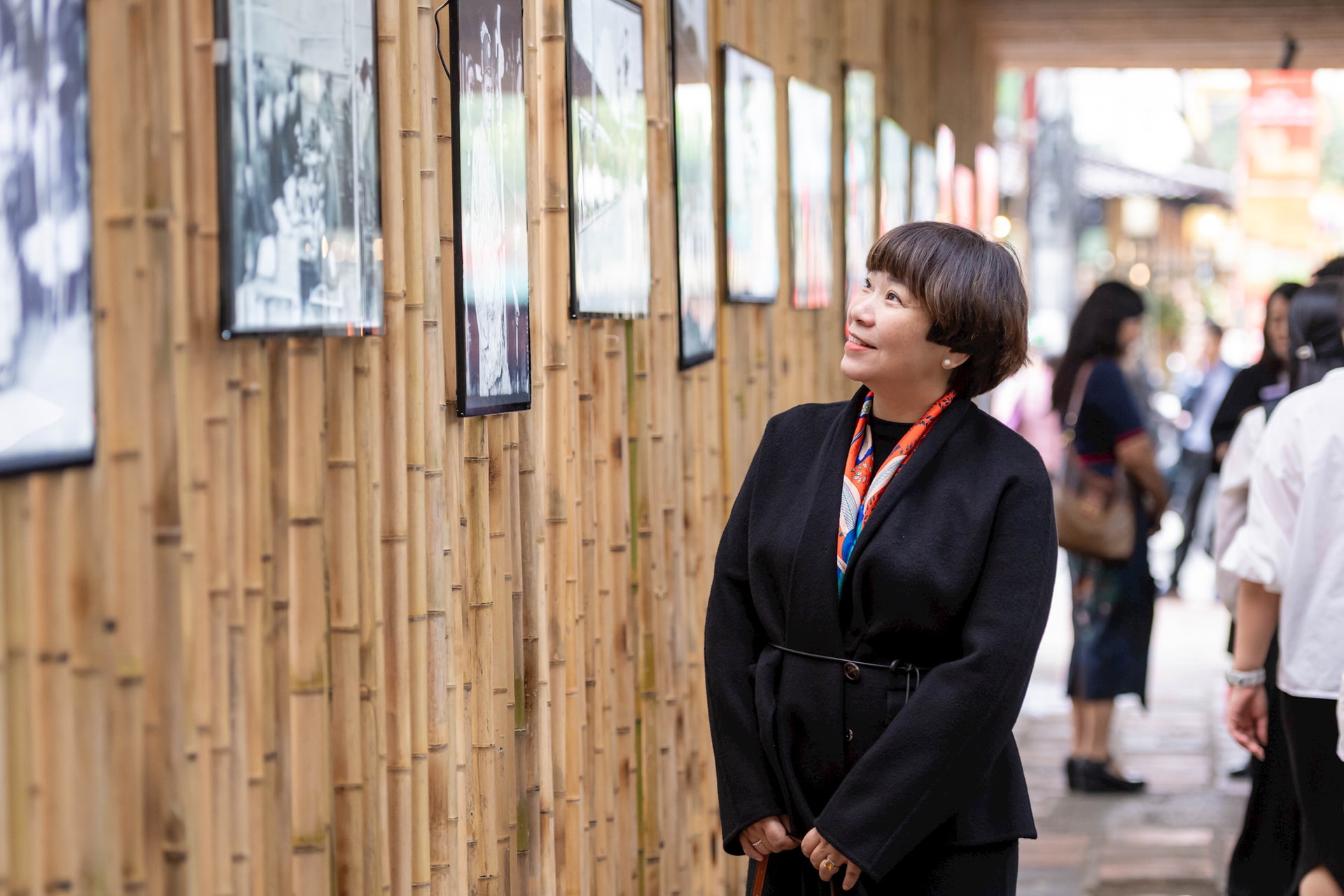
The exhibition not only provides a valuable collection of photos, but also stimulates dialogue about the role of photography in historical awareness, while hoping to bring useful knowledge about photographic techniques and the education and examination system in feudal times to the public.
Firmin-André Salles (1860–1929) was a French explorer and photographer who worked in Vietnam, Laos and Cambodia between 1896 and 1898. Using the advanced dry-plate photography technique of the time, he captured images of outstanding sharpness and detail, providing a vivid view of life, landscapes and cultural and educational events in Vietnam in the late 19th century.
Source: https://hanoimoi.vn/tim-hieu-ve-khoa-thi-huong-cuoi-the-ky-xix-qua-nhung-buc-anh-quy-722379.html







![[Photo] Da Nang: Hundreds of people join hands to clean up a vital tourist route after storm No. 13](https://vphoto.vietnam.vn/thumb/1200x675/vietnam/resource/IMAGE/2025/11/07/1762491638903_image-3-1353-jpg.webp)
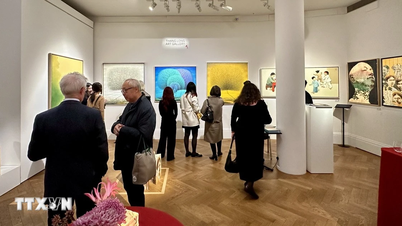




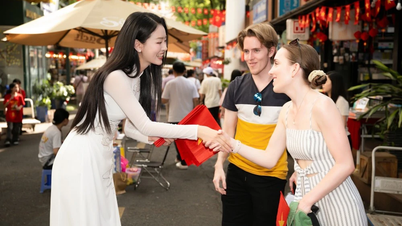
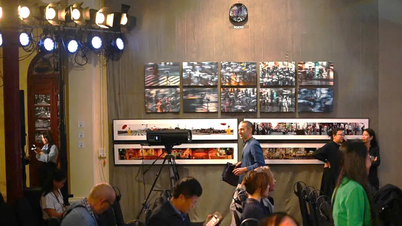




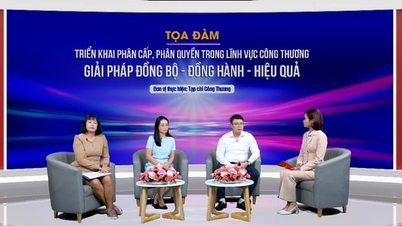


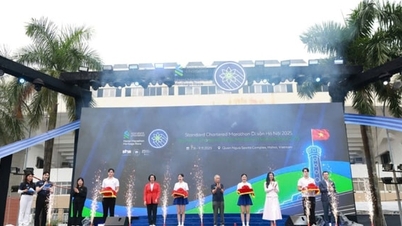






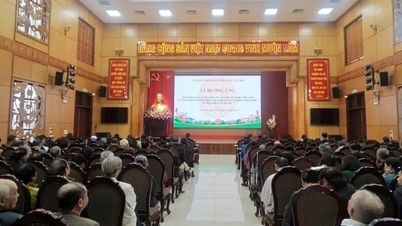
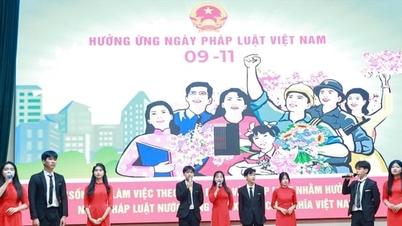







































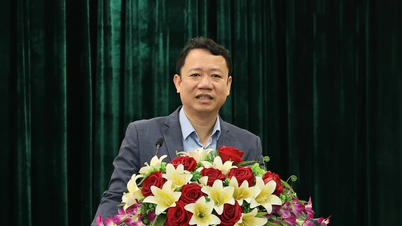


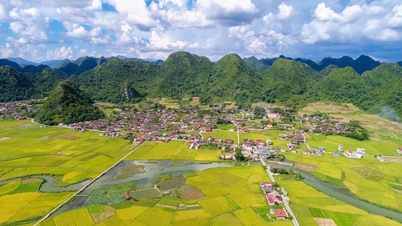





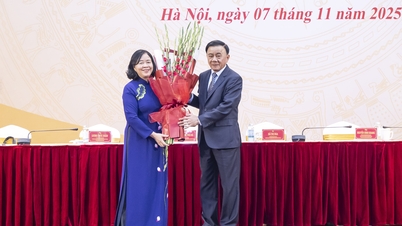


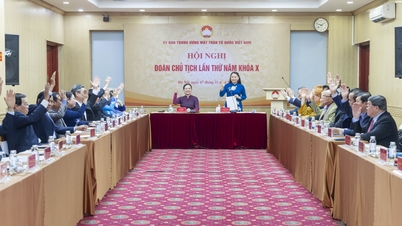





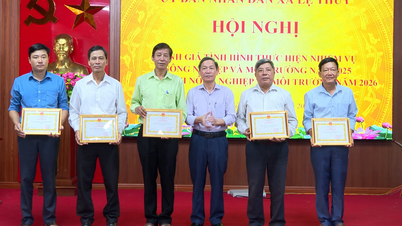















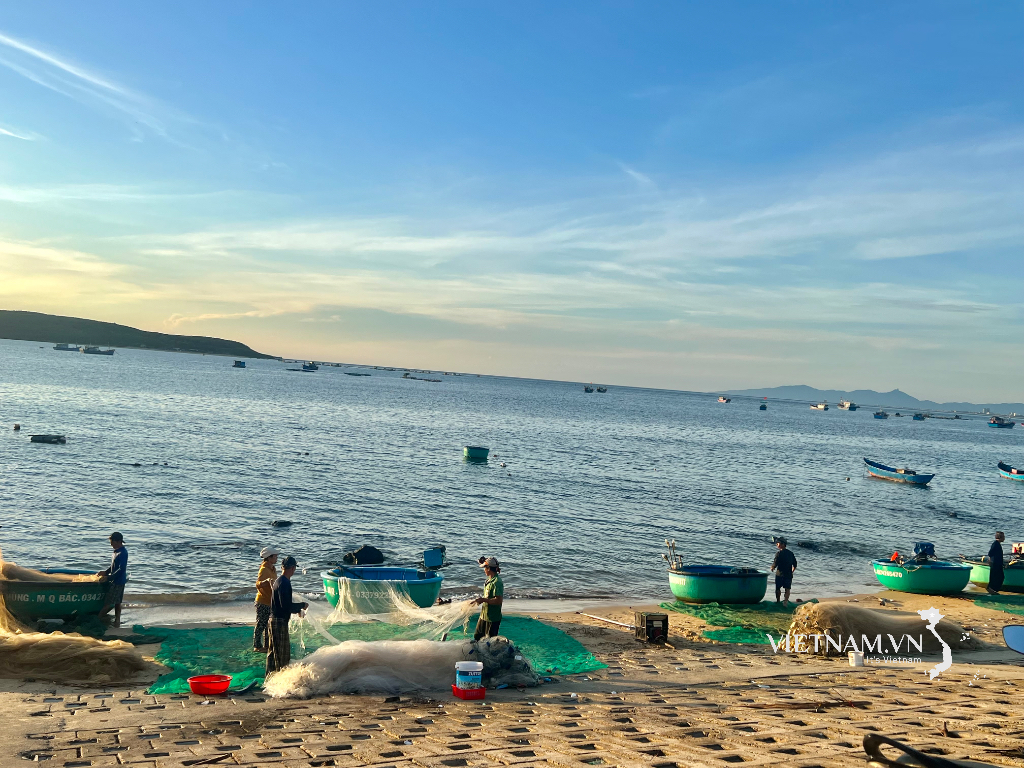
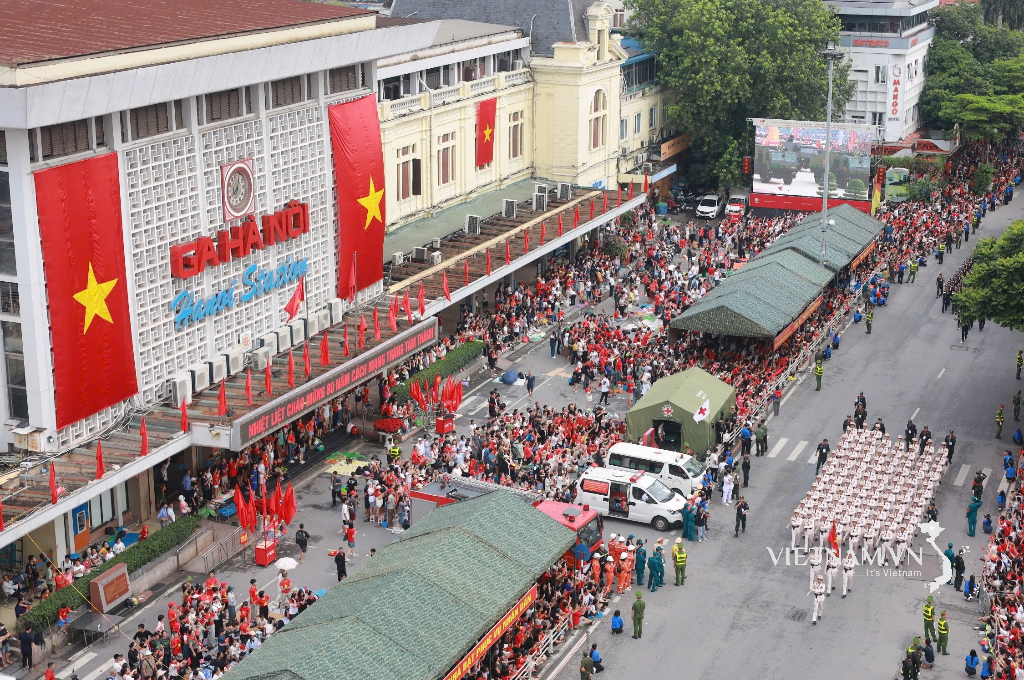


Comment (0)